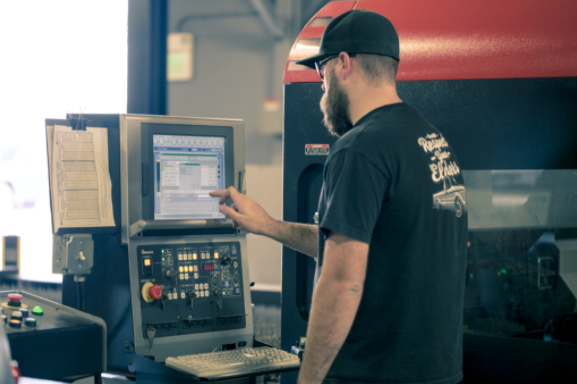What Is Computer-Aided Manufacturing (CAM)?

Computer-Aided Manufacturing (CAM) is the use of computer-aided design (CAD) and computer-aided engineering (CAE) software applications to automate manufacturing processes. This technology allows manufacturers to improve efficiency, reduce costs, and increase productivity.
CAM involves the use of computer-controlled machinery to control and automate the production process. This includes equipment such as robotic arms, CNC (Computer Numerical Control) machines, and other computer-controlled systems. These machines are programmed to carry out specific tasks and sequences, which are designed to produce a specific part or product.
One of the key benefits of CAM is that it allows for the creation of complex and intricate parts with a high degree of accuracy and precision. This is particularly useful for industries such as aerospace, automotive, and medical devices, where precision is critical.
Another benefit of CAM is that it can reduce the time and cost required to produce a product. By automating the manufacturing process, companies can eliminate the need for manual labor and streamline their production processes. This not only reduces costs but also improves quality and consistency.
In addition, CAM can also improve product design and innovation. By using CAD and CAE software applications, designers can simulate and test products before they are produced, reducing the risk of errors and allowing for the creation of more advanced and innovative products.
Overall, CAM is a critical component of modern manufacturing, providing manufacturers with the tools and technology they need to remain competitive in today’s global economy. From improving efficiency and productivity to reducing costs and improving product quality, CAM plays a vital role in ensuring that manufacturers can meet the demands of customers and remain successful for years to come.





